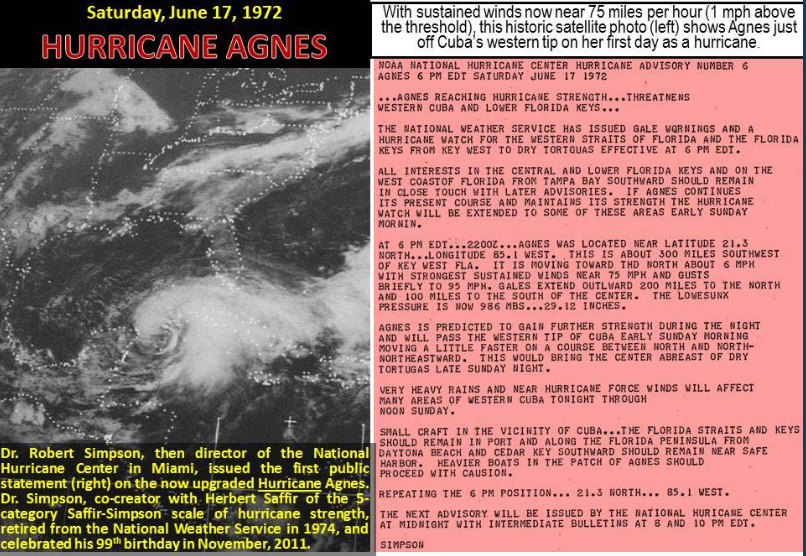1:00 PM | *Deadly Hurricane Audrey slammed into southwest Louisiana 65 years ago as the strongest June hurricane to ever make landfall in the US*
Paul Dorian
Nowadays, when the people of New Orleans think of devastating hurricanes they think of Katrina, but before 2005, the most notorious storm name in Louisiana was Audrey. Sixty-five years ago today, Hurricane Audrey slammed into the southwest coast of Louisiana and became the earliest major hurricane (category 3) to make landfall in the US. Hurricane Audrey killed hundreds of people – estimated to be somewhere between 400 and 500 - including many of whom to this day remain unidentified and tragically, about one-third of those were children. The high number of deaths - in an era without satellite imagery - were attributed to the storm moving ashore earlier and stronger than predicted while most people were sleeping.
Read More





